The far side of the moon always faces away from the Earth and stays in perpetual darkness thus making it a mystery for all of us. While scientists have always wanted to capitalise on this unique radio silence for decades, nothing was ever done, until now!
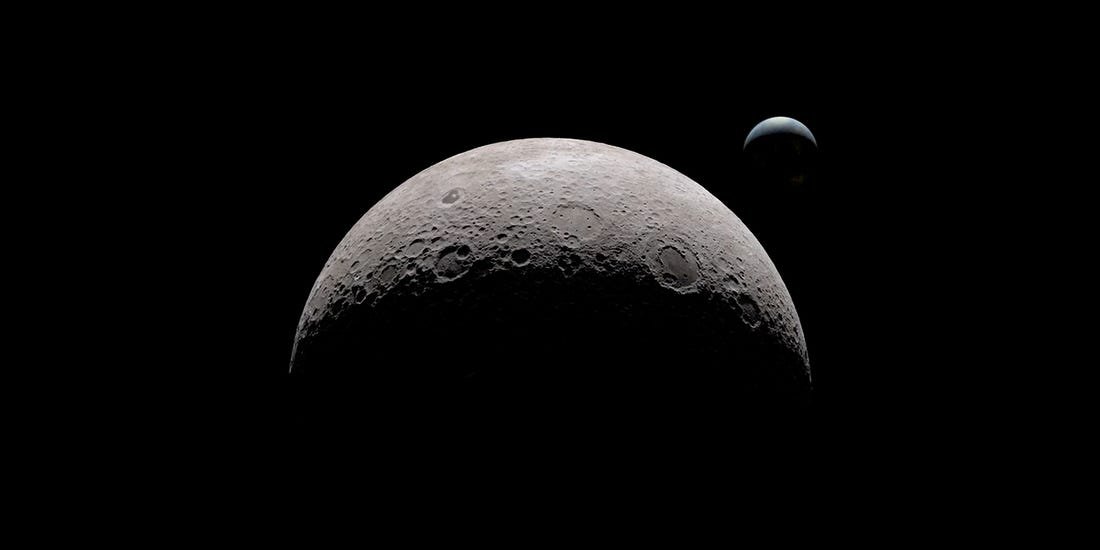
According to Vice, NASA has now brought this idea a step closer to reality by planning to build a radio telescope inside a crater on the far side of the Moon.
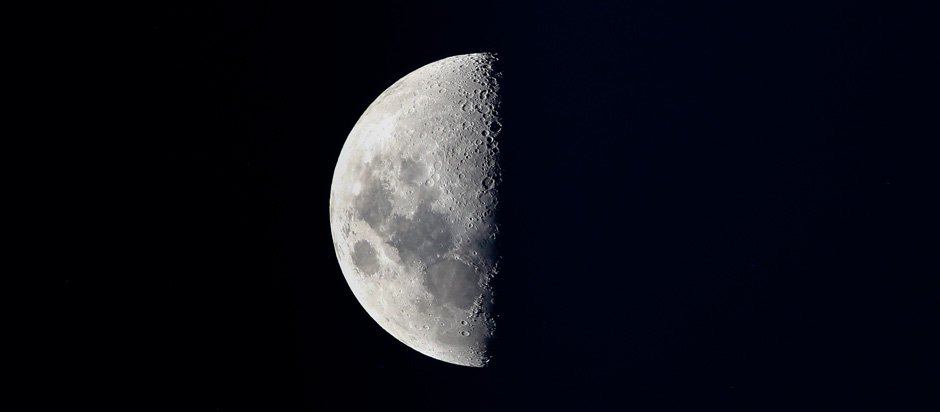
According to a NASA abstract about the concept.
The proposed observatory would be one kilometre in diameter, making it the largest filled-aperture radio telescope in the solar system.
This Lunar Crater Radio Telescope (LCRT) is the brainchild of Saptarshi Bandyopadhyay, a robotics technologist at NASA’s Jet Propulsion Laboratory.
We will mostly be focusing on the mechanical design of LCRT, searching for suitable craters on the Moon, and comparing the performance of LCRT against other ideas that have been proposed in the literature.
-Saptarshi Bandyopadhyay
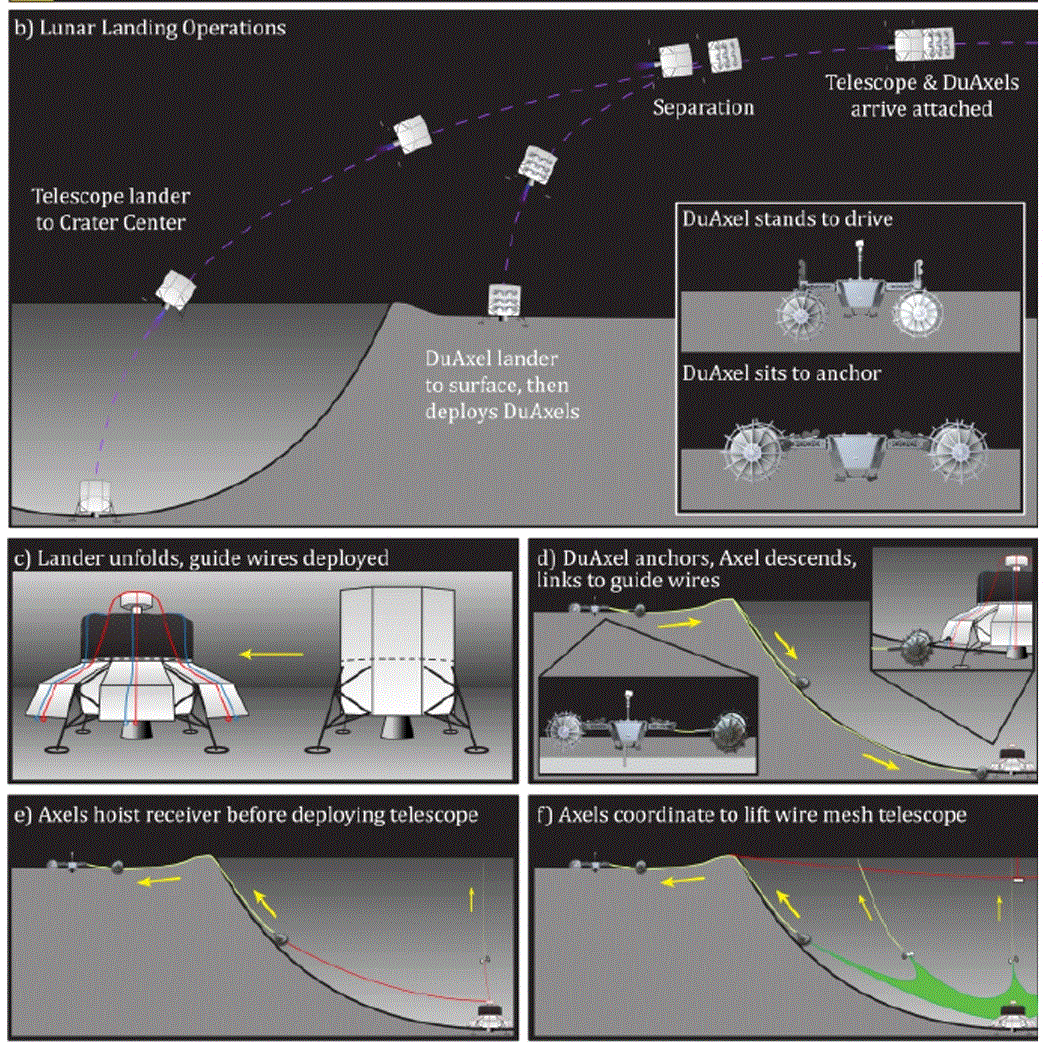
The idea behind the telescope being made in the dark side of the moon is that it would avoid all radio interference by humans and can observe the universe without the veil of an atmosphere.
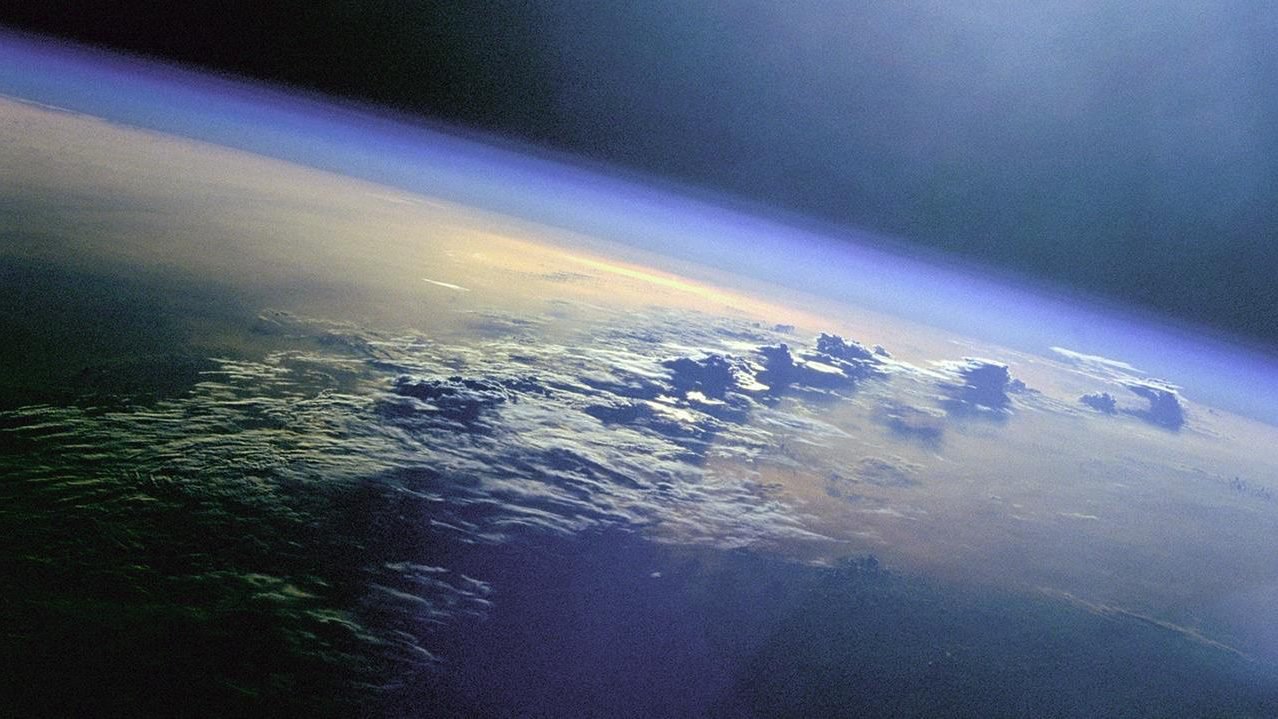
While Earth’s atmosphere keeps us alive, but it also blocks many wavelengths of light from reaching ground-based observatories, including low-frequency wavelengths that exceed 10 metres.
An ultra-long-wavelength radio telescope on the far side of the Moon has tremendous advantages compared to Earth-based and Earth-orbiting telescopes. LCRT could enable tremendous scientific discoveries in the field of cosmology by observing the early universe in the 10–50m wavelength band (i.e., 6–30MHz frequency band), which has not been explored by humans to date.
-Saptarshi Bandyopadhyay
ADVERTISEMENT
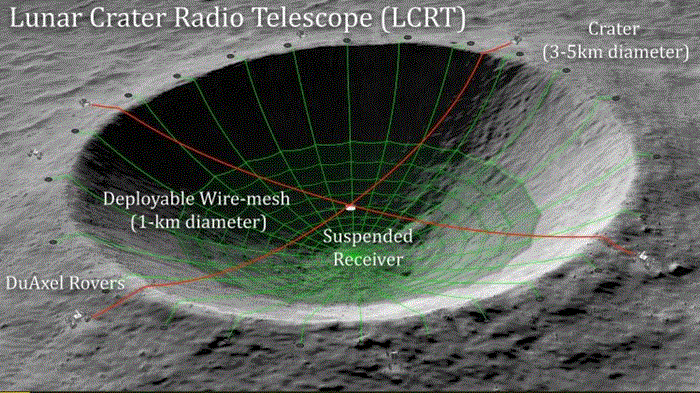
In particular, this telescope could shed light on the being of our universe from 13 billion years ago as the stars were being born from the debris of the big bang.
Top picks for you

















